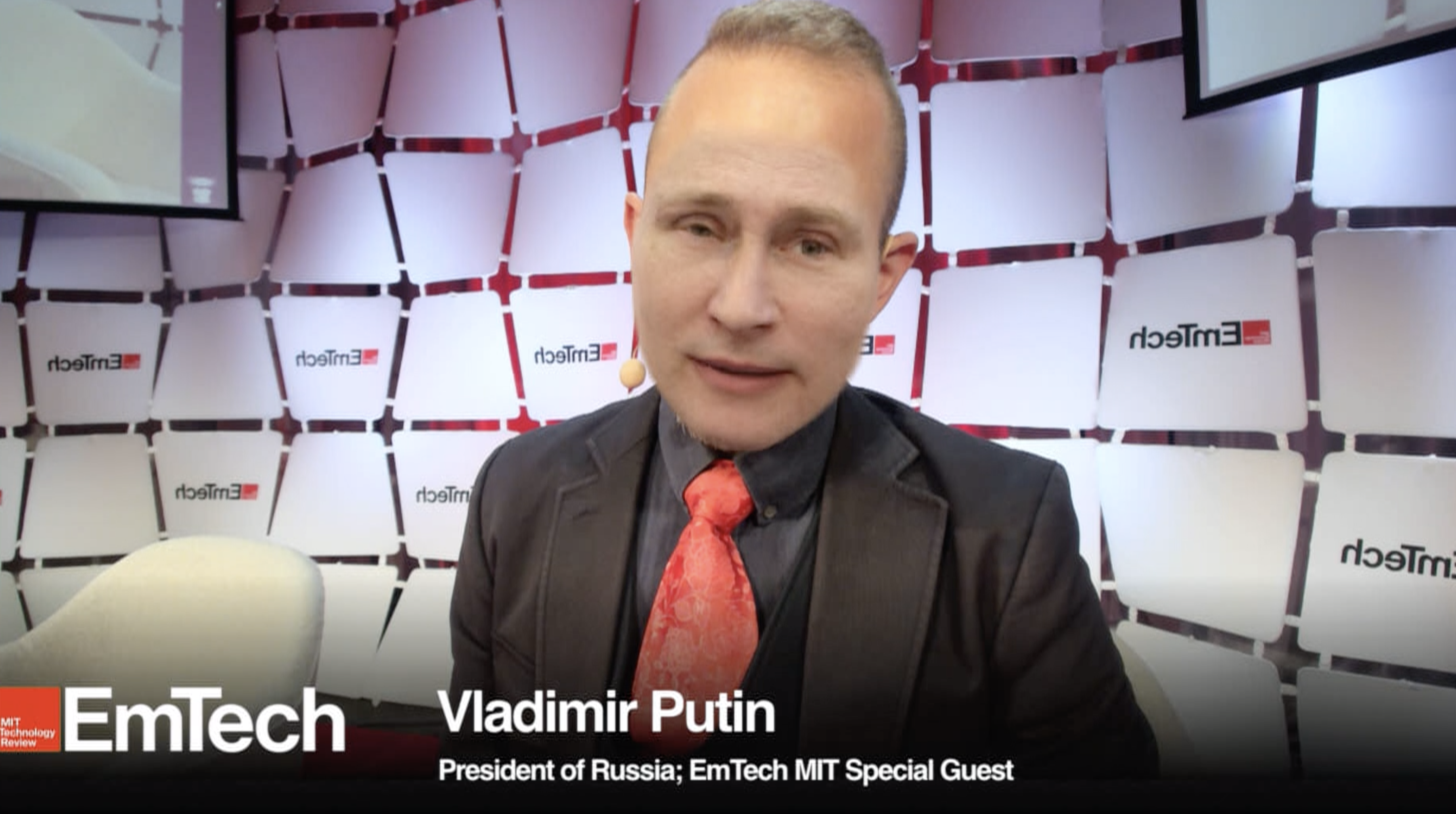The world’s top deepfake artist: ‘Wow, this is developing more rapidly than I thought.’

AI-powered deepfake video technology is advancing faster than even some of the world’s top experts thought possible.
Its stunning trajectory means that within a few years, perfect and virtually undetectable deepfakes may be possible, Hao Li, a deepfake pioneer and an associate professor at the University of Southern California, said today at MIT Technology Review’s EmTech conference.
Li is collaborating closely with Hany Farid of UC Berkeley, one of the world’s best digital forensics scientists. The collaboration reflects both competition—after all, Farid’s job is to detect the kind of deepfakes Li creates—and, in a bigger sense, close cooperation.

“We are working together on an approach that assumes that deepfakes will be perfect,” Li said. “Our guess that in two to three years, it’s going to be perfect. There will be no way to tell if it’s real or not, so we have to take a different approach.”
Li also runs a startup called Pinscreen focused on business and entertainment uses of the tech. His team was behind the wizadry that put Paul Walker into Furious 7, part of the Fast and Furious film franchise, after Walker died in a car crash. In a sign that Hollywood’s knocks are getting louder, he’s currently working on a Will Smith movie project. But Li has complex feelings about the future of the technology he’s working so closely on.
“One theory on why it hasn’t caused even more harm yet is simply because the quality isn’t there yet,” Li said. “But it will get there. And a second theory is that the technology still requires a little bit of work from users to create really good deepfakes. But it’s funny because a few months ago I said it may be years until that moment where it’s easy for anyone to do this. No one realized there was this Chinese app that came out a week later. I thought, ‘Wow, this is developing more rapidly than I thought.’”
The app is Zao, a face-swap program that, with a single photograph, can let you place yourself in big television shows and movies. The app, which is monstrously popular in China, is at the center of a debate about privacy and unintended consequences.
It’s a powerful tool that shot up to the top of China’s App Store for obvious reasons. Who doesn’t want to instantly become Leonardo DiCaprio?
Is it perfect? Far from it. But the fact that so much can be done within a few seconds on anyone’s smartphone signals just how fast deepfake technology is advancing—and just how many crucial questions remain unanswered.
Deep Dive
Humans and technology
Building a more reliable supply chain
Rapidly advancing technologies are building the modern supply chain, making transparent, collaborative, and data-driven systems a reality.
Building a data-driven health-care ecosystem
Harnessing data to improve the equity, affordability, and quality of the health care system.
Let’s not make the same mistakes with AI that we made with social media
Social media’s unregulated evolution over the past decade holds a lot of lessons that apply directly to AI companies and technologies.
Stay connected
Get the latest updates from
MIT Technology Review
Discover special offers, top stories, upcoming events, and more.